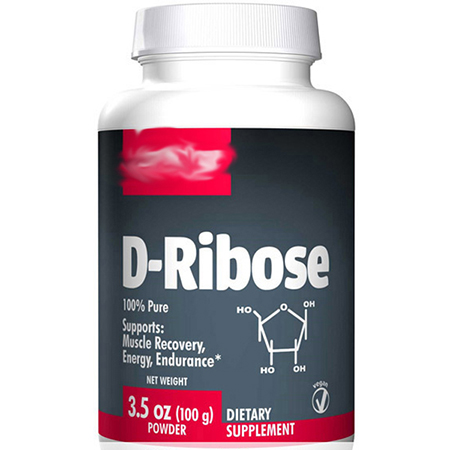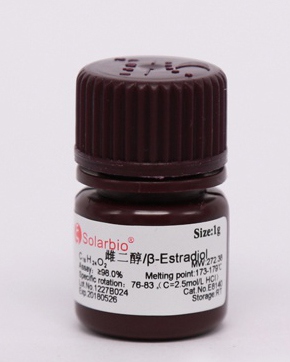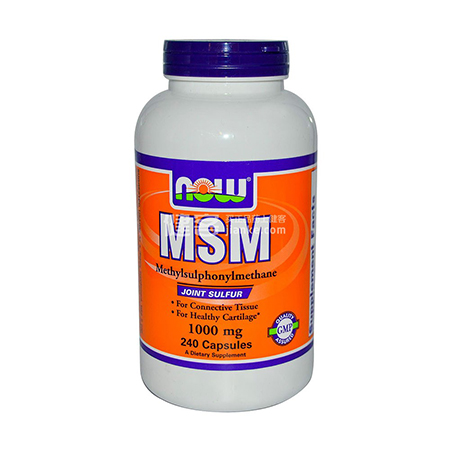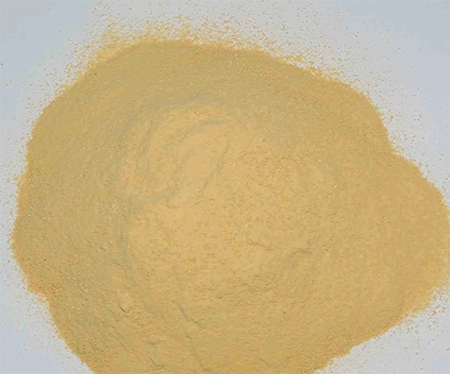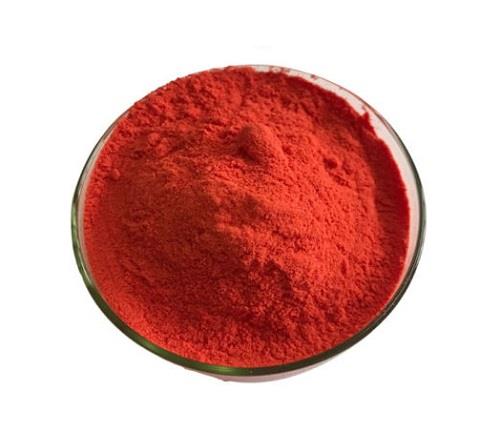Active Pharmaceutical Ingredients (API), popularly speaking, are the raw materials of medicines, only pharmaceutical raw materials are processed into pharmaceutical preparations , can they become medicines available for clinical use, so drugs we usually eat are the finished drugs through processing. Active Pharmaceutical Ingredients based on its sources can be divided into two major categories ,including chemical synthetic drugs and natural chemical drugs. Chemical synthetic drugs can be divided into organic synthetic drugs and inorganic synthetic drugs. Inorganic synthetic drugs are inorganic compounds ( very few is element), such as aluminum hydroxide, magnesium trisilicate which are used for the treatment of gastric and duodenal ulcers ; organic synthetic drugs are mainly composed of drugs made by basic organic chemical raw materials, through a series of organic chemical reactions (such as aspirin, chloramphenicol, caffeine, etc.). Natural chemical drugs ,based on its sources,can be divided into two categories including biochemical drugs and plant chemical drugs. Antibiotics are generally made by the microbial fermentation, which belongs to the biochemistry category. A variety of semi-synthetic antibiotics occurs in recent years,which are biosynthesis and chemical synthesis combining products.Among active Pharmaceutical Ingredients, the organic synthetic drugs varieties, yields and values have the largest proportion,which are the main pillars of the chemical and pharmaceutical industries. The quality of active Pharmaceutical Ingredients decides whether the formulation is good or bad , so its quality standards are very strict ,countries in the world have developed national pharmacopoeia standards and strict quality control methods for its widely used active Pharmaceutical ingredients.
Fluconazole---A bis-triazole antifungal agent
Fluconazole is currently approved by the US Food and Drug Administration (FDA) for treatment of cryptococcosis and candidiasis, including invasive, oroesophageal, urogenital, and vulvovaginal disease.
Mar 28,2022 APIThe importance of D-ribose in human health
D-ribose is an important five-carbon monosaccharide with the chemical formula C5H10O5
Mar 28,2022 APISynthesis of β-estradiol
β-estradiol is white or milky white leaf-like or needle-like crystals (ethanol solution), odorless. Beta-β-estradiol is stable in air.
Mar 28,2022 APIApplications of dimethyl sulfone
Dimethyl sulfone is an organic sulfide with a molecular formula of C2H6O2S, which is a necessary substance for human collagen synthesis.
Mar 28,2022 APIPharmacological effects of indomethacin
Indomethacin is suitable for antipyretic and inflammatory pain relief
Mar 28,2022 APIApplication of 2-ethylhexanol
2-Ethylhexanol is an organic compound with a molecular formula of C8H18O.
Mar 28,2022 APISide effects of Rifampicin
Rifampicin is a most valuable drug for the treatment of tuberculosis, leprosy, other mycobacterial infections, and an expanding range of other bacterial infections.
Mar 25,2022 APIMechanism of action of Pyrazinamide
Pyrazinamide (pyrazine-2-carboxamide) is a first-line antituberculous agent critical to the success of short-course chemotherapy of tuberculosis. It is a derivative of nicotinamide, first synethesized
Mar 25,2022 APISide-effects of Ethambutol
Ethambutol was discovered at Lederle Laboratories in 1961, when randomly selected synthetic compounds were being tested for antituberculosis activity. Chemically, it is dextro-2, 2u-(ethylenediimino)-
Mar 25,2022 APIMechanism of action of Isoniazid
Isoniazid, isonicotinic acid hydrazide (INAH or INH), was discovered independently in 1952 at both Squibb and Roche Laboratories. Animal studies showed that isoniazid was a very potent antituberculosi
Mar 25,2022 API



